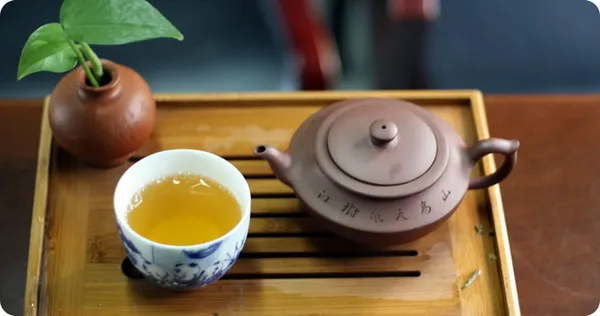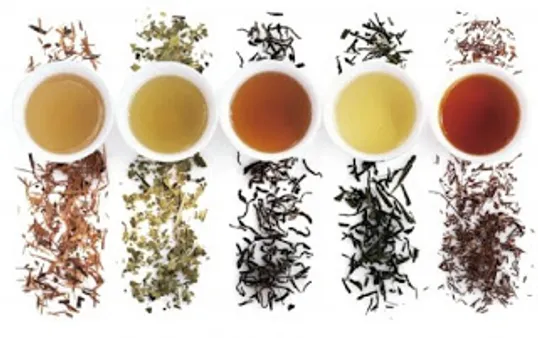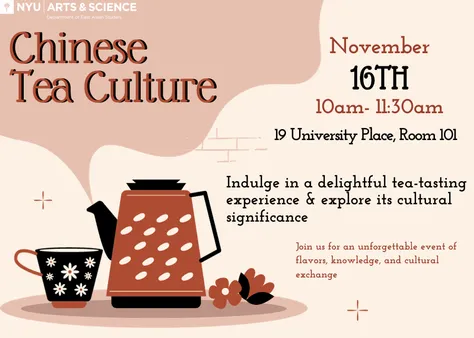Table of Contents
Unveiling the rich tapestry of Chinese tea, Tauhuichiban invites you to embark on a journey through the ages. Steeped in history and interwoven with culture, Chinese tea is more than just a beverage – it is an art form, a symbol of hospitality, and a testament to the creativity and resilience of the Chinese people. From its humble origins as a medicinal elixir to its widespread popularity as a social beverage, tea has played a pivotal role in shaping Chinese society for centuries. As we delve into The history and culture of Chinese tea, we will uncover the legends, traditions, and cultural significance that have made this beverage an integral part of Chinese life and a global phenomenon.

The History and Culture of Chinese Tea: A Journey Through Time and Tradition
I. The Origins of Chinese Tea
The origins of Chinese tea are shrouded in legend and mystery. One popular legend attributes the discovery of tea to the Chinese emperor Shennong in 2737 BC. According to the legend, Shennong was sitting beneath a tree when a few leaves from the tree fell into his cup of boiling water. The resulting brew had a pleasant aroma and taste, and Shennong is said to have been so impressed that he declared it a divine drink.
Another legend credits the discovery of tea to a Buddhist monk named Bodhidharma in the 6th century AD. Bodhidharma is said to have meditated for nine years without sleep, and during this time he discovered that chewing on tea leaves helped him to stay awake. He shared his discovery with other monks, and tea drinking soon became a common practice in Buddhist monasteries.
Legend | Origin |
|---|---|
Shennong | 2737 BC |
Bodhidharma | 6th century AD |
Regardless of its exact origins, tea has been an important part of Chinese culture for centuries. It is believed to have medicinal properties, and it is often used in traditional Chinese medicine to treat a variety of ailments. Tea is also a popular social beverage, and it is often served at gatherings of friends and family.
II. The Cultivation and Spread of Tea in China
Tea is a plant that is native to China, and it is believed to have been first cultivated in the Yunnan province. From there, tea cultivation spread to other parts of China, and it eventually became one of the most important crops in the country. Tea was also introduced to other countries in Asia, and it eventually became a popular beverage all over the world.
The cultivation of tea in China is a complex and delicate process. Tea plants are typically grown in mountainous areas, and they require a lot of sunlight and rainfall. The leaves of the tea plant are harvested by hand, and they are then processed to produce different types of tea. The most common types of tea are green tea, black tea, and oolong tea.
- Green tea is made from unoxidized leaves, and it has a light and refreshing flavor.
- Black tea is made from oxidized leaves, and it has a stronger and more robust flavor.
- Oolong tea is made from partially oxidized leaves, and it has a flavor that is somewhere between green tea and black tea.
Tea is an important part of Chinese culture, and it is enjoyed by people all over the world. The cultivation and spread of tea in China has had a profound impact on the history and culture of the country.

The Origins of Chinese Tea
III. The Cultural Significance of Tea in China
Tea as a Social Lubricant
- Tea has played a vital role in Chinese social culture for centuries.
- It is often served at gatherings and events to facilitate conversation and build relationships.
- The act of sharing tea is considered a sign of respect and hospitality.
Tea in Chinese Medicine
- Tea has long been used in Chinese medicine for its therapeutic properties.
- It is believed to have antioxidant, anti-inflammatory, and immune-boosting effects.
- Some studies have even suggested that tea may help protect against chronic diseases such as cancer and heart disease.
Tea and Chinese Art
- Tea has also had a significant impact on Chinese art and literature.
- Many famous poets and artists have written about tea and its role in Chinese culture.
- Tea-inspired motifs are also common in Chinese painting and ceramics.
Tea and Chinese Religion
- Tea has also played a role in Chinese religion and spirituality.
- It is often used in Buddhist and Taoist ceremonies.
- Tea is also believed to have a calming and meditative effect, making it ideal for use in religious practices.

The Cultural Significance of Tea in China
IV. The Evolution of Chinese Tea Production
The history of Chinese tea production is a long and fascinating one, dating back to the 3rd millennium BC. The earliest evidence of tea consumption in China comes from archaeological excavations at the Jiahu site in Henan province, where traces of tea leaves were found in pottery dating back to 2700-2500 BC. These early teas were likely consumed as a medicinal beverage, and it was not until the Han dynasty (206 BC-220 AD) that tea began to be consumed as a recreational drink.
During the Tang dynasty (618-907 AD), tea drinking became widespread in China, and the production of tea leaves increased dramatically. New methods of tea cultivation and processing were developed, and tea became an important part of Chinese culture. The Song dynasty (960-1279 AD) saw the rise of the tea ceremony, which became a highly ritualized way of preparing and drinking tea. The tea ceremony is still practiced in China today, and it is considered to be an important part of Chinese cultural heritage.
Dynasty | Period | Major Developments in Tea Production |
|---|---|---|
Han | 206 BC-220 AD | Tea begins to be consumed as a recreational drink. |
Tang | 618-907 AD | Tea drinking becomes widespread in China, and the production of tea leaves increases dramatically. |
Song | 960-1279 AD | The tea ceremony becomes popular, and new methods of tea cultivation and processing are developed. |
The production of tea in China has continued to evolve over the centuries, and today there are many different types of Chinese tea available. These teas vary in flavor, aroma, and appearance, and they are each produced using a unique set of techniques. Chinese tea is exported all over the world, and it is enjoyed by people of all cultures.
Here is a list of some of the most popular types of Chinese tea:
- Green tea
- Black tea
- Oolong tea
- White tea
- Pu-erh tea
Each type of Chinese tea has its own unique flavor and aroma, and they are all enjoyed by people all over the world.

The Evolution of Chinese Tea Production
V. The Global Impact of Chinese Tea
Over the centuries, Chinese tea has journeyed far beyond its origins, leaving an indelible mark on cultures and societies worldwide. Its global influence is a testament to the beverage's versatility, flavor, and cultural significance.
One of the most notable impacts of Chinese tea can be seen in its role as a catalyst for cultural exchange. The Silk Road, an ancient network of trade routes, played a pivotal role in introducing Chinese tea to the West. As merchants and travelers traversed this vast expanse, they carried with them not only goods but also ideas, customs, and the enjoyment of tea drinking. [Related Post: The History and Diversity of Chinese Tea]
Country | Tea Culture | Unique Tea Traditions |
Japan | Strong tea culture rooted in the Way of Tea (Chado). | Ceremonial tea ceremonies (chanoyu) and matcha tea rituals. |
England | Afternoon tea is a beloved tradition. | Tea with milk and sugar, scones, and clotted cream. |
Russia | Tea played a significant role in Russian history and culture. | Samovar tea parties and tea with honey |
Beyond its cultural influence, Chinese tea has also had a profound impact on global trade and commerce. The demand for Chinese tea in Europe and North America sparked a surge in maritime trade and established new economic relationships between China and the West. In some regions, such as India and Sri Lanka, tea plantations were established to meet the growing demand for this valuable commodity. [Related Post: The Health Benefits of Chinese Tea]
In addition to its economic and cultural impact, Chinese tea has also been recognized for its health benefits. Traditional Chinese medicine has long valued tea for its medicinal properties, and modern research has supported many of these claims. Studies have shown that tea contains antioxidants, which can help protect against cellular damage and promote overall well-being. [Related Post: The Best Chinese Restaurants in Your City]

The Global Impact of Chinese Tea
VI. Conclusion
The history and culture of Chinese tea is a testament to the enduring power of tradition, innovation, and cultural exchange. From its humble origins in ancient China to its widespread popularity around the world, tea has played a significant role in shaping societies, fostering connections, and inspiring artistic and intellectual pursuits. As we continue to savor the flavors and aromas of this remarkable beverage, let us appreciate the rich tapestry of history, culture, and human ingenuity that has made Chinese tea an integral part of our global heritage.